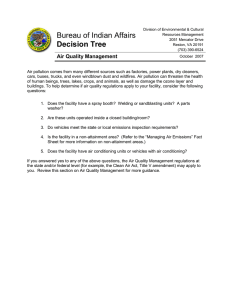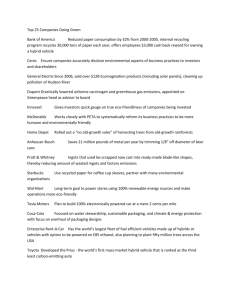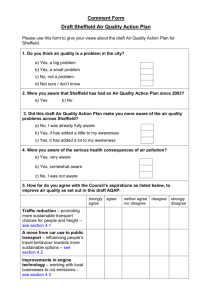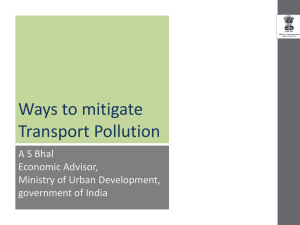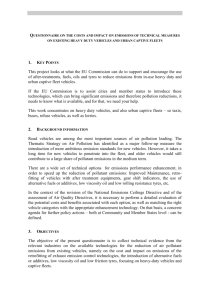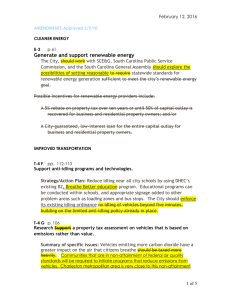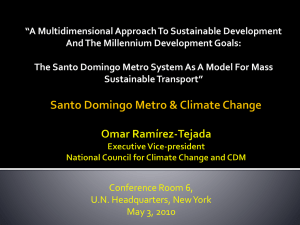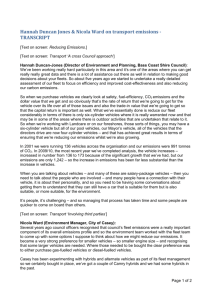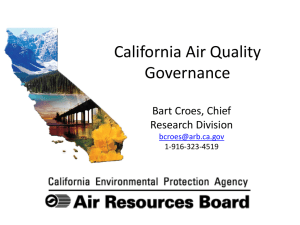2. Background information - Sadler Consultants, specialising in
advertisement
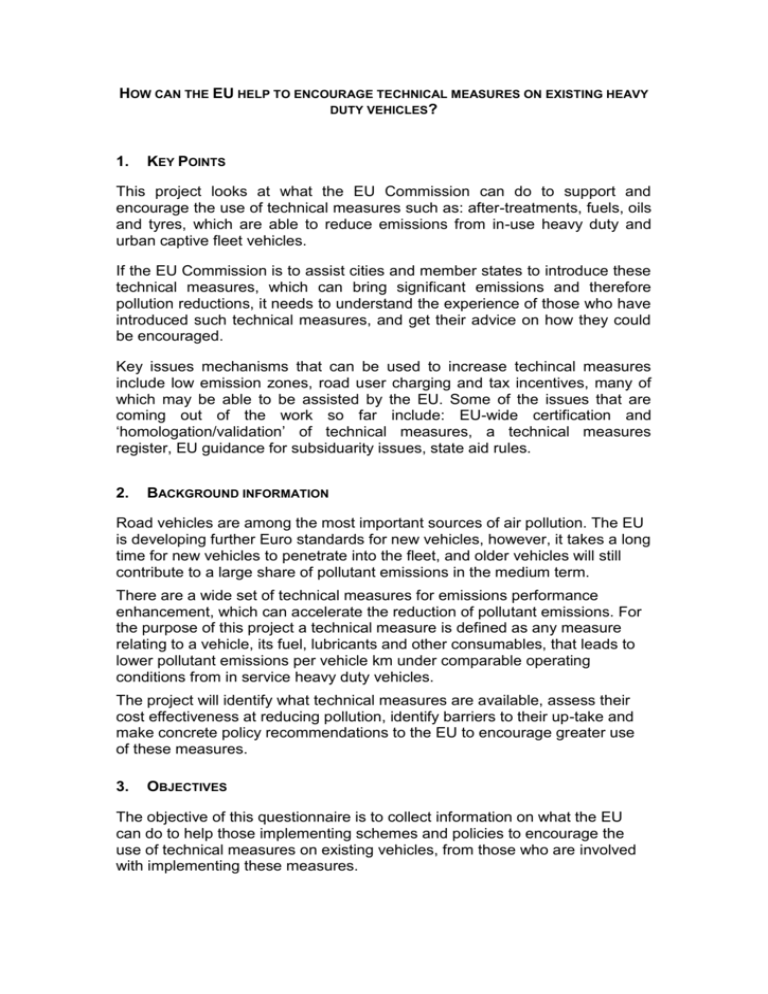
HOW CAN THE EU HELP TO ENCOURAGE TECHNICAL MEASURES ON EXISTING HEAVY DUTY VEHICLES? 1. KEY POINTS This project looks at what the EU Commission can do to support and encourage the use of technical measures such as: after-treatments, fuels, oils and tyres, which are able to reduce emissions from in-use heavy duty and urban captive fleet vehicles. If the EU Commission is to assist cities and member states to introduce these technical measures, which can bring significant emissions and therefore pollution reductions, it needs to understand the experience of those who have introduced such technical measures, and get their advice on how they could be encouraged. Key issues mechanisms that can be used to increase techincal measures include low emission zones, road user charging and tax incentives, many of which may be able to be assisted by the EU. Some of the issues that are coming out of the work so far include: EU-wide certification and ‘homologation/validation’ of technical measures, a technical measures register, EU guidance for subsiduarity issues, state aid rules. 2. BACKGROUND INFORMATION Road vehicles are among the most important sources of air pollution. The EU is developing further Euro standards for new vehicles, however, it takes a long time for new vehicles to penetrate into the fleet, and older vehicles will still contribute to a large share of pollutant emissions in the medium term. There are a wide set of technical measures for emissions performance enhancement, which can accelerate the reduction of pollutant emissions. For the purpose of this project a technical measure is defined as any measure relating to a vehicle, its fuel, lubricants and other consumables, that leads to lower pollutant emissions per vehicle km under comparable operating conditions from in service heavy duty vehicles. The project will identify what technical measures are available, assess their cost effectiveness at reducing pollution, identify barriers to their up-take and make concrete policy recommendations to the EU to encourage greater use of these measures. 3. OBJECTIVES The objective of this questionnaire is to collect information on what the EU can do to help those implementing schemes and policies to encourage the use of technical measures on existing vehicles, from those who are involved with implementing these measures. For example, what is preventing schemes being implemented, what could help increase the use of technical measures, what has worked well? Low Emission Zones, charging systems, economic incentives, public procurement policies, may be some of the most relevant schemes. The replies to the questionnaire will be analysed by our team. On that basis, we will present the most relevant options to be further investigated, and the preliminary findings will be discussed in a workshop organised by DG Environment, to be held in Brussels on the 11th September 2006. The objective of that workshop and of the final report is double: To perform with the model TREMOVE1 an analysis of the costeffectiveness of the scenarios and the analysis of the impact on pollutant emissions, in the context of the forthcoming revision of National Emissions Ceilings Directive. To define concrete policy proposals at EU level, which could help to support the most promising technological options. In particular, the feasibility of a common system at EU level for vehicle certification that takes on board improvements of existing vehicles will be thoroughly assessed, in the context of Low Emission Zones, charging systems, economic incentives, public procurement policies, etc. 4. HOW TO PROCEED Any information that you are able to provide would greatly assist us. The most important question is what could the EU do to help increase the use of technical measures to reduce emissions. Please send your reply by e-mail to Lucy Sadler through the website (www.airqualitypolicy.co.uk) as soon as possible, together with any report, presentation, background information that you think might be useful. If you need more time to reply, please let me know. Please do not hesitate to send requests for clarification by e-mail, or telephone, +49 (0)7641 9375 335. 1 See details on the TREMOVE model on www.tremove.org
